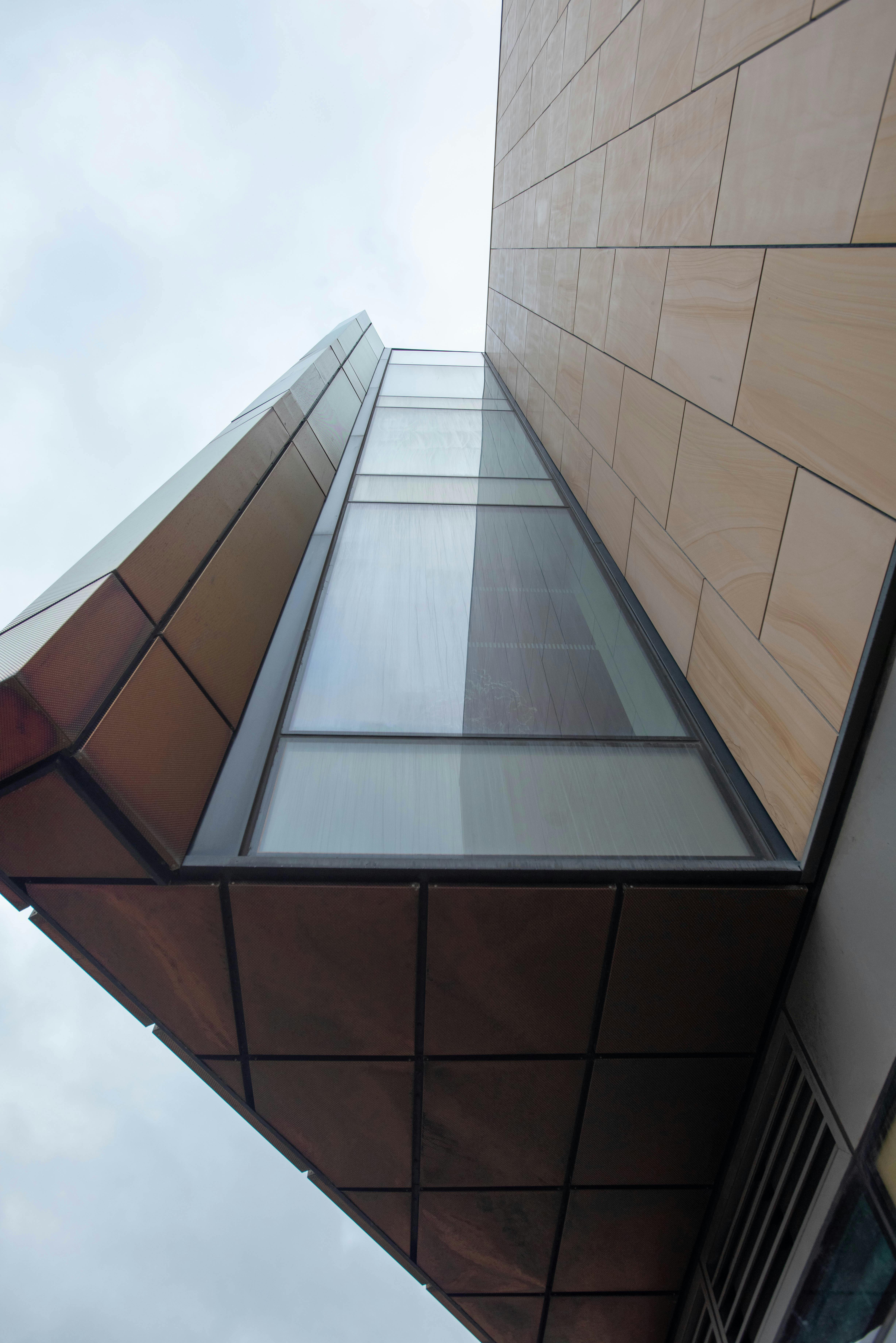
Introduction
In the realm of property development, striking a balance between aesthetic appeal and structural integrity is paramount. Building a robust, durable house requires meticulous consideration of several key factors, each one playing a significant role in the long-term stability of your dream home. This article illuminates the essential components to be contemplated while building a house that promises not just aesthetic beauty, but also strength and lasting durability.
Quality of Materials
The first on this list of essential components is the quality of the materials you will use. As the raw substance that frames your house, the grade of materials applied will determine the ultimate resilience of your home. Ensuring the use of superior quality materials, ranging from foundational concrete to roofing tiles and even the internal fixtures, will augment your home's structural strength. Employing products certified by relevant standards is recommended as it aids in verifying the quality, allowing your house to confront various environmental factors like humidity, temperature changes, or natural disasters. Prioritising quality over cost can also contribute to long-term savings by minimizing maintenance and repair needs.
The Blueprint: Foundational Stability and Layout Plan
An expertly crafted blueprint serves as the backbone for building a sturdy home. The foundation walls and footings are essentially the bedrock of your property, defining its capacity to withstand external pressures without collapse. Therefore, it's profoundly important to plan and construct a solid foundation. Accompanying this, a meticulously designed layout plan contributes to the overall functionality of the house. Assurance that bedroom locations allow privacy, that kitchen and dining areas facilitate ease and convenience, and that ample natural light and ventilation are catered for, makes for a well-constructed, functional home.
Technological Integration: A Modern Approach Toward Robustness
In this digital age, technological integrations play a notable role in constructing a durable house. Incorporating smart systems and devices can enhance efficiency and add a layer of security to the home. Advanced home automation options provide convenience, but moreover, they contribute to the property's resilience. Features like automatic lighting systems, surveillance cameras, and alarm systems enhance security, while smart thermostats or energy-efficient appliances conserve energy, contributing in the long run to the home's durability.
Proper Insulation: Thermal Comfort and Energy Efficiency
Insulation should not be underestimated when planning to construct a robust home. Proper insulation allows for thermal comfort, energy efficiency, and contributes to the structural integrity of the home. High-quality insulation helps maintain a consistent temperature indoors, reducing the dependency on heating and cooling systems, thereby optimizing energy efficiency. Furthermore, it can protect against moisture buildup, which, when unattended, can lead to structural damage and mold, undermining the building's stability over time.
Professional Execution: The Role of Expert Builders
The last, but certainly not least, factor to consider in constructing a robust and durable home is the caliber of the actual construction process. A skilled and experienced builder will possess in-depth knowledge about material properties, structural requirements, and the latest building trends. Choosing a builders with a strong portfolio and positive customer feedback ensures that the construction of your house is being managed by capable hands.
Conclusion
Constructing a house that is both appealing and structurally sound demands a thorough consideration of these five essential elements: quality materials, a well-executed blueprint, modern technological integration, proper insulation, and professional execution. Each element individually strengthens the building's durability, but when combined, they can craft a picture-perfect, robust, and long-lasting abode that stands the test of time. Rather than being an expense, it is an investment into a home that is built to last, integrating itself seamlessly with evolving future trends while maintaining its structural integrity.